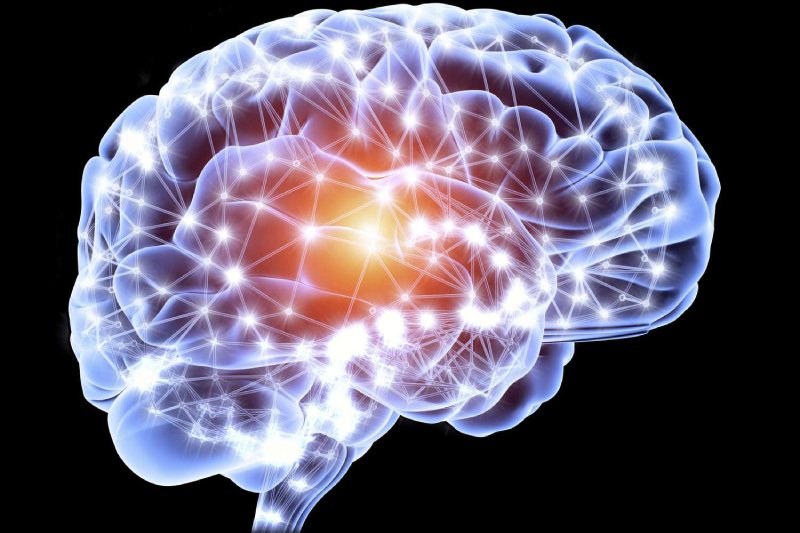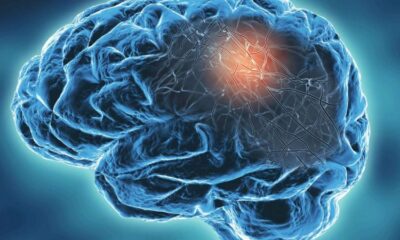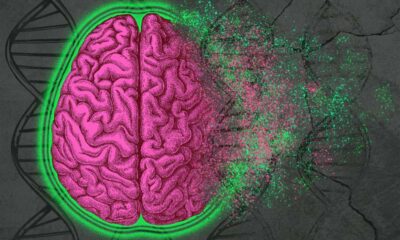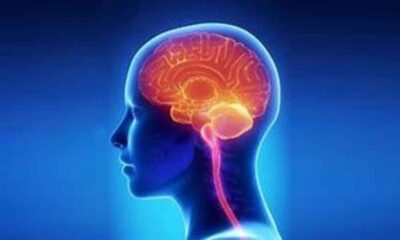According to recent studies, there are drawbacks to long-term memory retention, including DNA damage in nerve cells and inflammation in the brain where memories are “fused” into neurons and retained.
According to the multinational group of experts, creating a new memory pattern requires some deliberate damage, much like when creating an omelet out of a few broken eggs.
This occurs inside the hippocampus, a region of the brain that is previously recognized as the main repository for human memories and essential to the remembering process, according to tests conducted on mice for the study.
Neuroscientist Jelena Radulovic of the Albert Einstein College of Medicine in New York says, “Inflammation of brain neurons is usually considered to be a bad thing, since it can lead to neurological problems such as Alzheimer’s and Parkinson’s disease.”
“But our findings suggest that inflammation in certain neurons in the brain’s hippocampal region is essential for making long-lasting memories.”
The researchers used quick, mild electric shocks to induce episodic memory in mice. A detailed examination of hippocampus neurons showed that the Toll-Like Receptor 9 (TLR9) pathway, which is crucial for inflammatory signaling, had genes activated. Furthermore, only neuronal clusters exhibiting DNA damage demonstrated activation of this mechanism.
Although there are frequent breaks in the brain’s DNA, these are usually promptly repaired. Here the modifications appeared more profound, as it appeared that neurons were organized into memory-forming clusters without cell division through the utilization of biological mechanisms typically associated with cell division.
After a week of the mice’s inflammatory editing processes, it was discovered that the memory-storing neurons in the mice were more resilient to external stimuli. This implies that memories are subsequently permanently stored and shielded from outside disruption. Similar processes most likely also occur in the human brain.
“This is noteworthy because we’re constantly flooded by information, and the neurons that encode memories need to preserve the information they’ve already acquired and not be distracted by new inputs,” Radulovic explains.
The mice lost the ability to recall the electric shocks when the same TLR9 inflammatory pathway was suppressed in them. Similar to what is observed in neurodegenerative diseases, the lack of TLR9 also resulted in more severe DNA damage.
It has been suggested that long-term COVID-19 can be treated or prevented by blocking the TLR9 pathway, however this work raises doubts about the efficacy of such approach. Above all, though, it provides a fascinating new understanding of how memories are kept in the brain.
“Cell division and the immune response have been highly conserved in animal life over millions of years, enabling life to continue while providing protection from foreign pathogens,” Radulovic explains.
“It seems likely that over the course of evolution, hippocampal neurons have adopted this immune-based memory mechanism by combining the immune response’s DNA-sensing TLR9 pathway with a DNA repair centrosome function to form memories without progressing to cell division.”

 Diabetology2 weeks ago
Diabetology2 weeks ago
 Diabetology2 weeks ago
Diabetology2 weeks ago
 Diabetology1 week ago
Diabetology1 week ago
 Diabetology1 week ago
Diabetology1 week ago
 Diabetology1 week ago
Diabetology1 week ago
 Diabetology2 weeks ago
Diabetology2 weeks ago
 Diabetology1 week ago
Diabetology1 week ago
 Diabetology2 weeks ago
Diabetology2 weeks ago


















